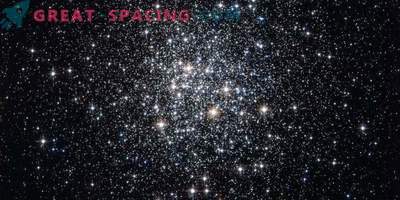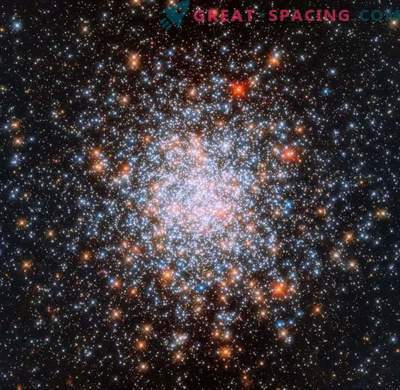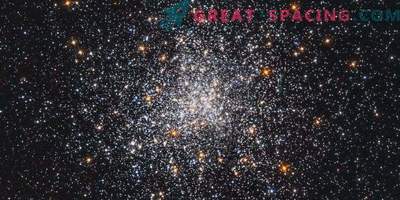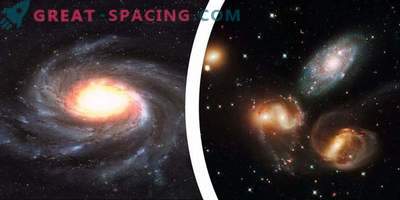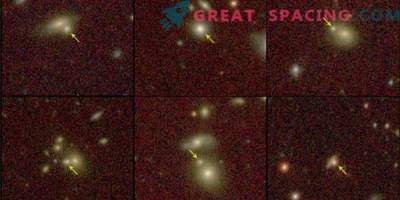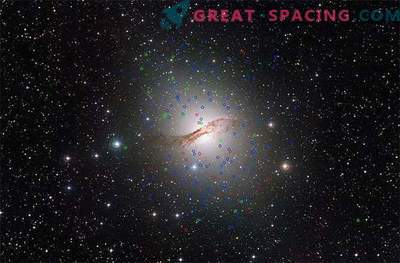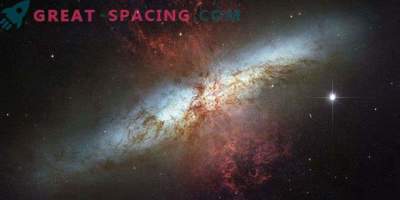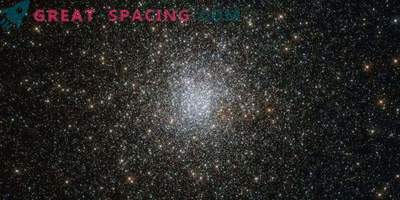
Before you are bright galaxies displaying a pristine relic of the ancient universe. This is a lenticular galaxy NGC 1277 located in the center of the frame. It is part of the Perseus Cluster (one of the most massive objects of space), distant by 220 million light years from us.
NGC 1277 is considered a relic of the early universe, since all the galactic stars seem to have appeared about 12 billion years ago. To understand how long ago it was, we recall that the Big Bang (the beginning of everything) occurred 13.8 billion years ago.
With billions of ancient and metal-rich stars, this galaxy also sheltered many globular clusters (spherical stellar groups, orbiting around the galaxy like satellites). Interestingly, these clusters are mostly red and abundant in metal, which is very different from blue and metal-poor clusters found in galaxies of this size. For astronomers, metal is an element heavier than hydrogen and helium. These heavy elements merge into the hot cores of massive stars and are ejected into space during an explosion. So the amount of metal in a star has a connection with its age: the later the star appeared, the more metal there is.
Massive galaxies and globular clusters are believed to form in two stages: early collapse with a large-scale burst of stellar birth (red and metal-rich clusters are created) and further metal accumulation (blue and poor-metal clusters). The discovery of red clusters in NGC 1277 proves that we have a real cosmic antiques, which bypassed the second phase.


